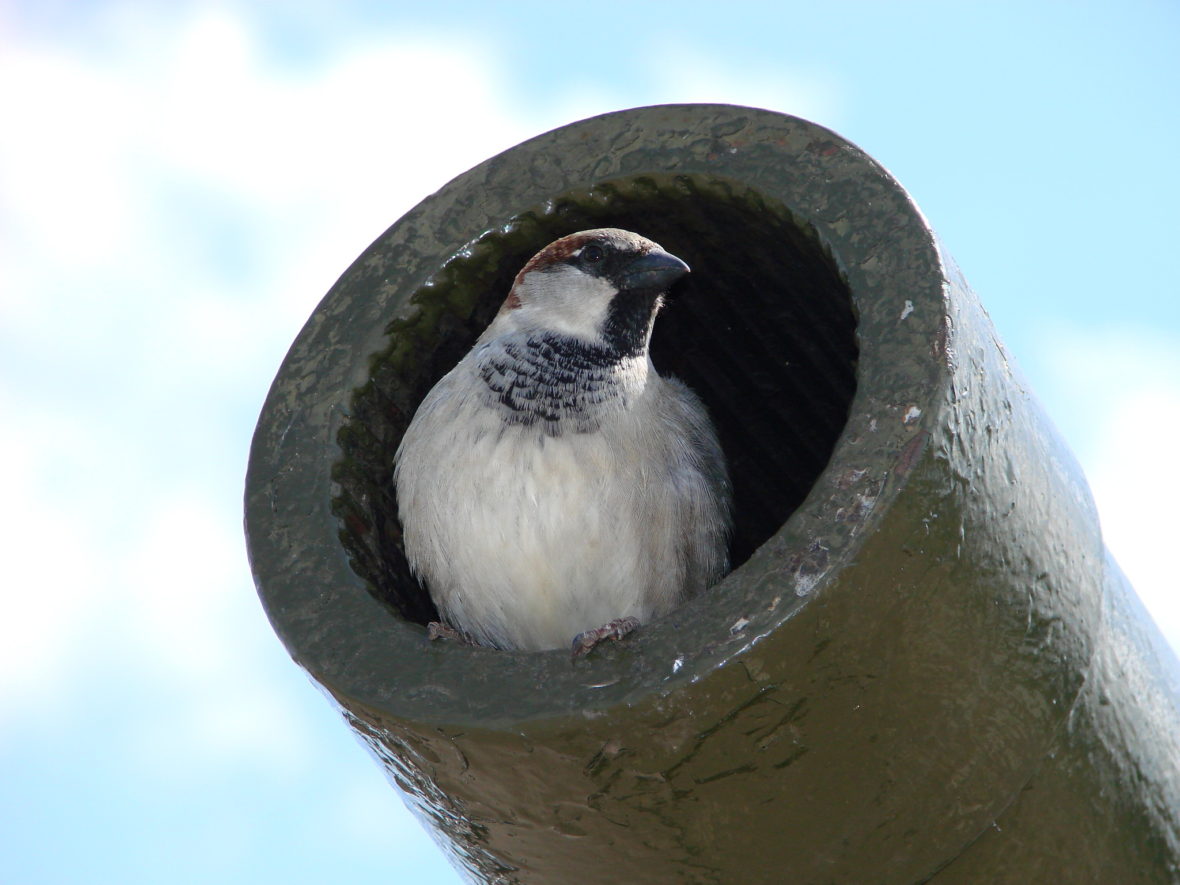The public life of poetry can be both a sword and a shield. It can bind listeners together while reaching individual members of an audience in deep, profound, and diverse ways. The Auden quote that “poetry makes nothing happen” removes the phrase from its context in the second section of Auden’s “In Memory of W.B. Yeats,” an elegy for a man whose vision as a poet and Irish nationalist made plenty happen:
For poetry makes nothing happen: it survives
In the valley of its making where executives
Would never want to tamper, flows on south
From ranches of isolation and the busy griefs,
Raw towns that we believe and die in; it survives,
A way of happening, a mouth.
Poetry’s public life is always political, though it isn’t necessarily partisan. Earlier this month I participated in a group reading of local writers whose work was chosen for a series of broadsides, each illustrated by a different artist from the Fort Myers area. We were a diverse group—native and from away, students or recent graduates of FGCU and retirees, black and white. At the Lee County Alliance for the Arts, fifteen writers read their poems, and fifteen artists (thirteen, actually; two couldn’t make it) explained how they made art to compliment the work assigned to them.
Jim Gustafson, who introduced the reading, gave a brief history of the broadside as a medium for announcements, editorials, song lyrics, and poems—objects posted in public spaces, rather than read in privacy at home. He also noted how the interplay of text and art creates a third voice, a harmony composed of separate notes. The response to the poems, slides, and artists’ statements was immediate, and afterwards the auditorium was full of excited talk and sparked connections. Artists and audience wandered through galleries, viewing more art. Here was civic engagement. Here, poetry made things happen.
My favorite moment involved photographer Jeff Coe’s response to Dan Read England’s “Musings to Silver Granite, Three Years after Dad Died.” The poem begins with a remembered conversation between father and son. Coe, a nature photographer, was having trouble thinking of an image to add. He read the poem over and over, right up to deadline, when he realized, as he put it, “Call Dad!” The photo for the broadside was of the photographer holding a cell phone, sitting beside a granite bench.
Below is a copy of “Poem Beginning with Facebook Meme,” and Andy Browne’s artist’s statement. I’m grateful to Andy for her perceptive reading and evocative work.
POEM BEGINNING WITH FACEBOOK MEME
There are 500 sheep in this photo.
Can you see them yet? and I can’t,
since I assume sheep are white
acres of wool the kids in 4H
washed and primped, or like a cloud
in a children’s book. So I’m fooled
into staring at lumps of snow
in a weedy foreground. Wary
of the photographer, the sheep
stand back in clumps—necks
turned and rumps to the wind—
grayish-brown, like weeds. Outside
the 4H barn, a calf strapped flat
to a tabletop looked ready to be flayed,
but the knife stopped at each horny
hoof. Feet trimmed, the calf was set
in motion as two men slowly, slowly
cranked the table, tilting her upright.
Thoughts on Joyce Peseroff’s Poem
–Andy Browne
Joyce’s poem seemed to me to embody one of the basic premises of artmaking: to look, to see and then to understand what you’re actually looking at. Things very often aren’t what they appear to be; in this case, tufts of grass or snow or sheep. Is a sheep being slaughtered or simply shorn? The surprise aha moment at the end of the piece is what every artist strives for in their work.
My own recent work has focused on dots and dashes and black and white, so this poem resonated instantly with me. I like to skate around the edges of representation in my work so I made the background deliberately vague so as not to interfere with the actual written piece but to give a little enhancement around the edges.

